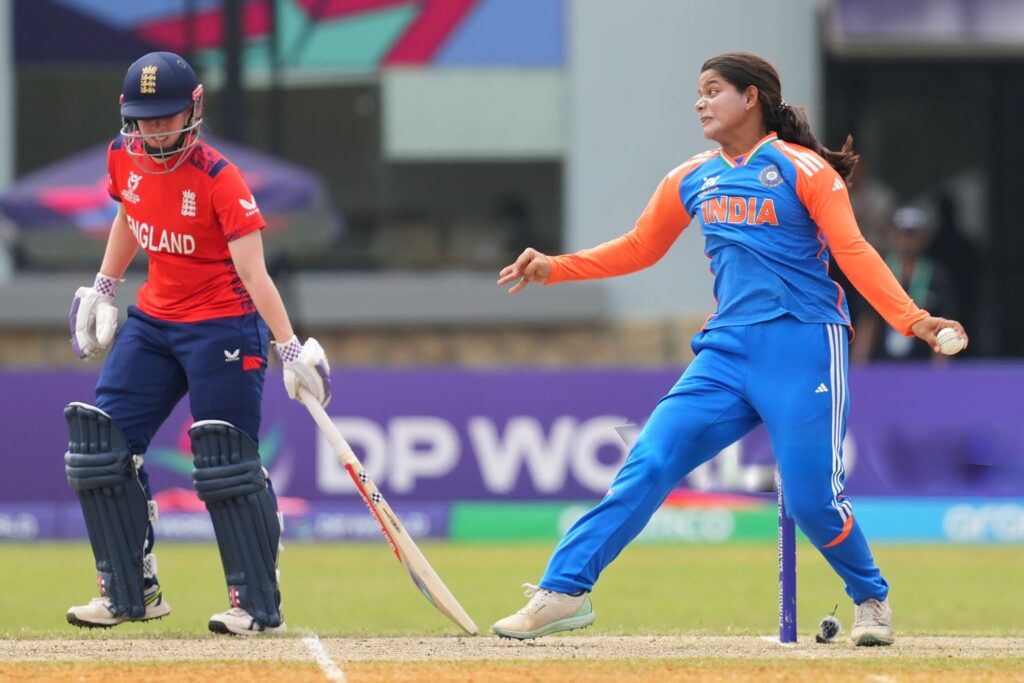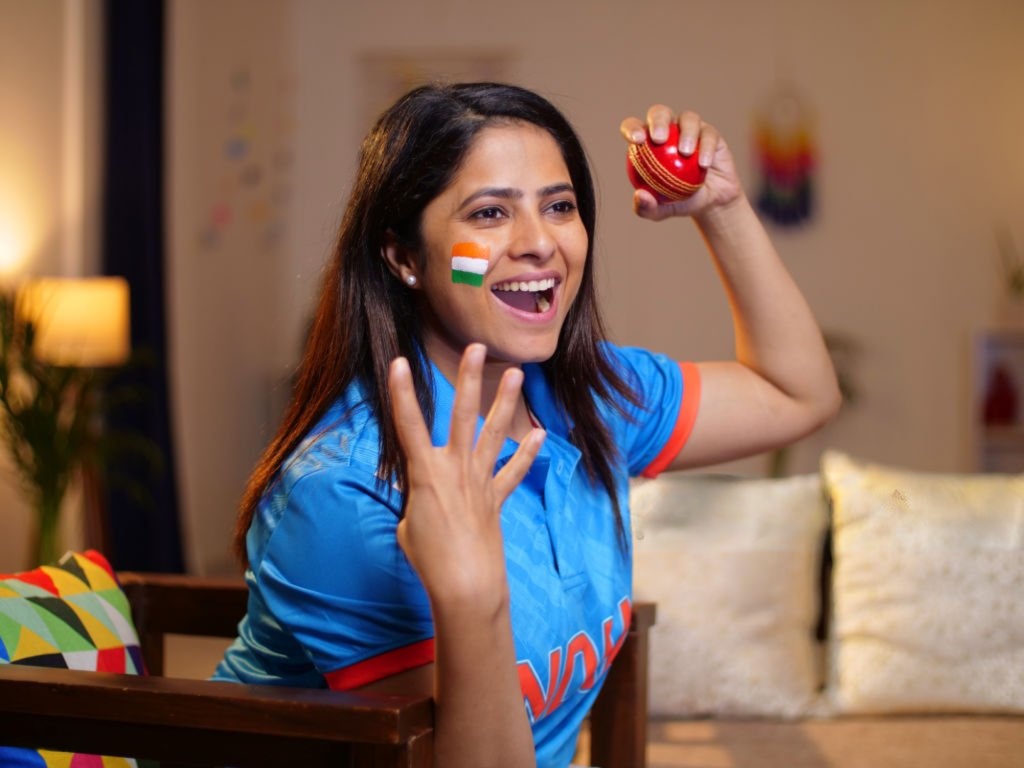
The Women’s Cricket World Cup stands as one of the most prestigious tournaments in international cricket. It not only showcases the finest female athletes from across the globe but also represents a journey of resilience, growth, and recognition for women in sports. Over the years, this tournament has evolved from a relatively low-profile event into a grand spectacle watched by millions of fans worldwide.
A Brief History
The Women’s Cricket World Cup has the distinction of being the oldest world championship in women’s sport. The inaugural edition was held in 1973 in England, two years before the men’s version was introduced. This early milestone highlighted the vision of pioneers who believed that women deserved a global stage to demonstrate their cricketing skills. England clinched that first trophy, setting the tone for decades of fierce competition.
Since then, the tournament has been staged every three to four years under the governance of the International Cricket Council (ICC). Over time, it has witnessed the dominance of teams like Australia, who remain the most successful side in the competition’s history, as well as memorable triumphs by England and New Zealand.
Growth of the Game
Initially, women’s cricket struggled with limited resources, lower visibility, and minimal sponsorship. Matches often went unnoticed by mainstream media, and players juggled between their passion for and other professional commitments. However, as the sport gained momentum and global recognition, the Women’s World Cup began attracting greater attention.
The turning point came in the 21st century when the ICC took over the management of women’s cricket. Since then, the tournament has received more structured support, including live broadcasting, digital coverage, and better infrastructure for players. Today, millions of fans tune in to watch matches, and social media platforms amplify the reach and excitement of the competition.
The Powerhouses of Women’s Cricket
Australia has been the standout team, winning multiple titles with consistency and producing some of the greatest players in women’s history. Names like Belinda Clark, Ellyse Perry, and Meg Lanning have become synonymous with excellence on the field. England, too, has been a dominant force, with their 2017 World Cup victory on home soil serving as a landmark moment that inspired thousands of young girls to take up the game.
Other teams, such as India and South Africa, have emerged as strong contenders in recent years. India’s performances in the 2005 and 2017 finals captured the imagination of fans across the cricketing world. With players like Mithali Raj, Harmanpreet Kaur, and Smriti Mandhana, India has shown that women’s cricket in the subcontinent is thriving.

Impact Beyond the Boundary
The Women’s World Cup is not just about runs and wickets—it is about breaking barriers and redefining gender roles in sport. For decades, women athletes faced the perception that cricket was a “gentleman’s game.” By delivering thrilling performances on the biggest stage, female cricketers have proven their ability to match the intensity and passion seen in men’s cricket.
The tournament has also played a crucial role in inspiring the next generation. Young girls around the world now have role models to look up to, whether it’s New Zealand’s Sophie Devine, South Africa’s Dane van Niekerk, or India’s Shafali Verma. The visibility of these stars encourages grassroots participation and helps develop pathways for future talent.
Challenges and the Road Ahead
Despite the progress, women’s cricket still faces challenges such as unequal pay, fewer sponsorship deals, and limited domestic structures in some countries. The Women’s World Cup has been instrumental in highlighting these gaps and pushing administrators to create a more level playing field.
The future looks promising, with the ICC and national boards investing more in women’s cricket than ever before. Expanding the reach of the tournament, increasing prize money, and promoting professional leagues like the Women’s Premier League (WPL) and The Hundred will further strengthen the foundation.
Conclusion
The Women’s World Cup is more than just a tournament—it is a celebration of resilience, determination, and sporting brilliance. From its humble beginnings in 1973 to its status today as a global cricketing festival, it reflects how far women’s sport has come and how much further it can go. With every edition, the event continues to inspire dreams, unite fans, and prove that cricket belongs to everyone, regardless of gender.